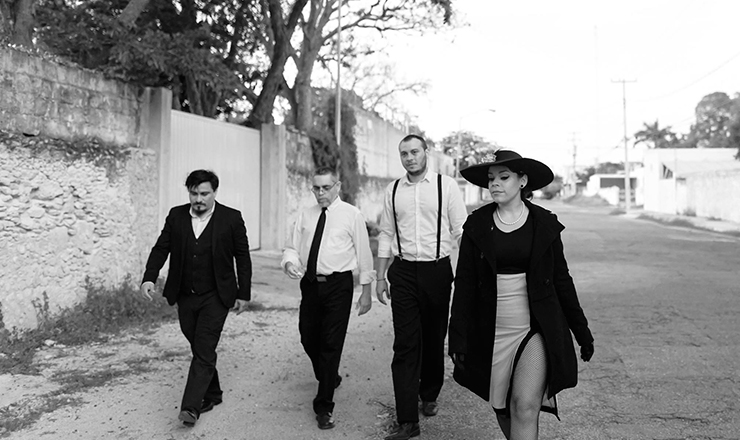Mexican fashion is incredibly authentic. It’s made slowly, involving many creators and artists, and it’s as sophisticated as any other brand in the world. The craftsmanship of Mexican artisans is exquisite, and their hands and creative processes are truly world-class. –Carla Fernandez.
I visited Carla Fernández at her enchanting home in Mérida, Yucatán. For years, as an avid wanderer of the city’s streets, I have admired this house—one of those majestic, timeworn manors that seem to hide secrets behind their weathered walls. I often wondered what lay beyond, how nature slowly reclaims the space, with vines and tropical plants weaving their way through the crumbling bones of the structure.
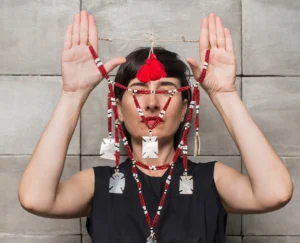

As I stepped into the living area, open to the elements, she greeted me and lead me out to the lush, untamed garden—a verdant sanctuary. Carla is a kindred spirit, a true lover of midcentury Mexican design, art, fashion, and the deep, rich history and roots of her homeland.
In this interview, I speak with Carla about her world of fashion that finds its roots in the Mexican artisans and indigenous craftsmanship and her vision of self-expression. She give us insight into exploring the experiences, challenges, and the unique identity that this collaboration fosters.
Stephanie Carmon: What personal experiences or cultural influences have shaped your aesthetic in fashion?
Carla Fernandez: I believe that the best designers and artists in Mexico City are the artisans. Growing up, I was exposed to their beautiful way of dressing, which aligned with my father’s work as the director of the Museums of Anthropology. We traveled often to the southern part of Mexico, and I saw the beauty in the handmade processes of indigenous women. In Mexico, 90% of textiles are made by women, and this inspired me. I realized that while we were constantly looking to foreign trends, Mexico had its own special haute couture, exemplified by the garments of indigenous communities.
I began collaborating with artisans, aiming to take inspiration from their work and create something new together. For the past 30 years, I’ve been working to elevate traditional techniques to new levels in fashion. For me, high fashion in Mexico is made in the mountains and deserts, within these indigenous communities. The combination of a designer’s vision and an artisan’s craftsmanship is what makes our fashion house what it is today.
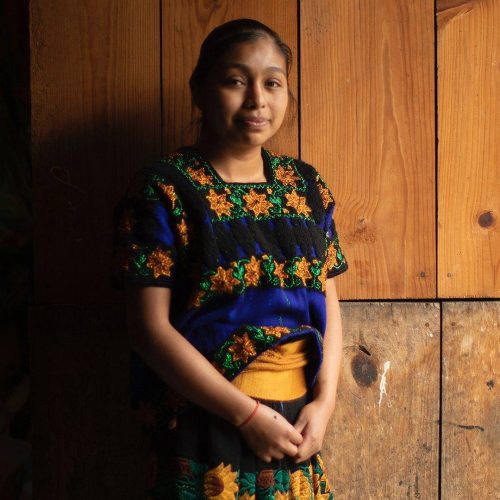

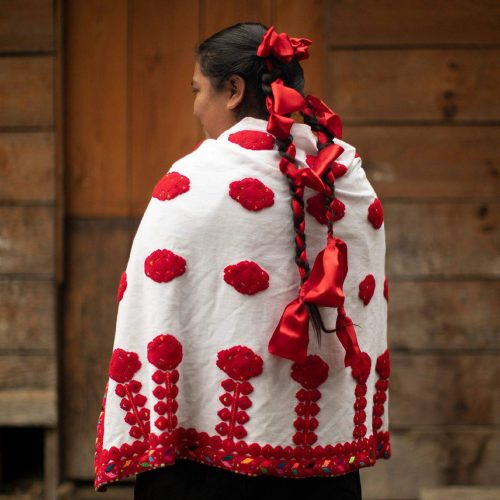

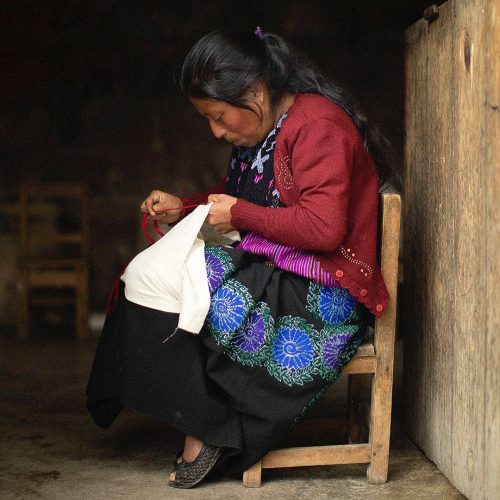



S: You mentioned working in the southern part of Mexico. Are most of the artisans you collaborate with from that region?
CF: Yes, we work primarily in the south because it has a larger population of indigenous communities. Mexico has 68 different indigenous languages spoken from north to south, but the south has a stronger presence of these communities. We collaborate with artisans from Yucatán, Campeche, Quintana Roo, Oaxaca, Chiapas, Michoacán, and also the central regions like Puebla and Hidalgo. Our focus remains on the south, where the rich tradition of craftsmanship thrives.
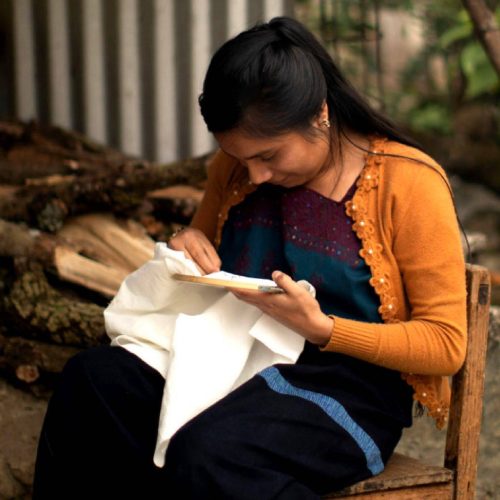



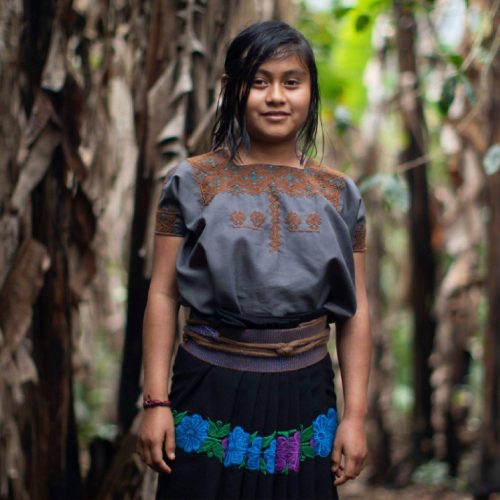



S: Are your collaborations focused only on embroidery, or do they extend to other art forms?
CF: We work with artisans across various techniques—backstrap loom weaving, foot loom weaving, natural dyes, different types of embroidery, and even leatherwork. For example, in Aguascalientes, there’s a technique called drawn thread work, where threads are removed to create beautiful lace-like patterns. The diversity of techniques is vast and continually inspiring.
S: When did you first start working in fashion, and what inspired you to create?
CF: I started making my own clothes when I was 12 years old, and now I’m 51, so it’s been almost 39 years! Initially, it was a hobby, but by the age of 19, I began designing dance costumes. I also studied art history, always thinking that fashion would be the final destination of my creative journey. Fashion has always fascinated me—the way clothing represents who we are. I see fashion as a powerful tool to express identity and culture, which is especially evident in indigenous communities. The garments they wear tell stories of their region, marital status, and craftsmanship skills.
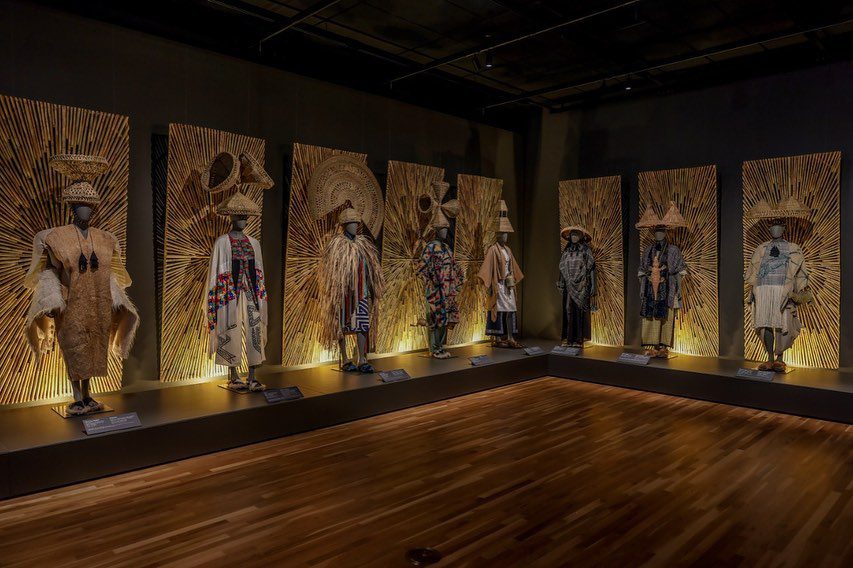

S: How did you begin working with artisans, and what challenges did you face?
CF: My journey started with a government program called EIDAS (Escuelas Itinerantes de Diseño), which connected designers with artisans in various fields like wood carving, glassmaking, and textiles. This program provided the opportunity to collaborate with artisans directly in their communities, allowing us to develop new designs while respecting tradition.
One of the biggest challenges has been learning to “unlearn.” For example, artisans might want to cater to markets that prefer more fitted, Western-style clothing, but the traditional techniques they use—like backstrap loom weaving—aren’t easily adapted to those silhouettes. It’s like trying to make a pizza with tortillas—it’s not the same thing. I had to find ways to create contemporary clothing using traditional methods while staying true to the artisan’s craft.
S: How do you balance creativity with commercial success in such a traditional industry?
CF: Balancing creativity with the demands of running a business can be challenging, but I have a business partner who helps with that. We have two approaches—one that is more artistic and traditional, and another that’s more industrial. The latter allows us to generate more revenue quickly, while the former helps preserve artisanal techniques. This balance enables us to pay artisans much more than they would typically earn, and it’s how we’ve maintained both our creative and business goals.


S: How has the market responded to your designs?
CF: When we started, it was through a co-op with 12 women designers, and the reception was very positive. Customers appreciated the variety of styles, and it became a space where they could mix and match unique pieces. I think the timing was perfect, and it was very well accepted from the beginning.
S: In your view, what defines Mexican fashion?
CF: Mexican fashion is incredibly authentic. It’s made slowly, involving many creators and artists, and it’s as sophisticated as any other brand in the world. The craftsmanship of Mexican artisans is exquisite, and their hands and creative processes are truly world-class.
S: What drew you to live in Yucatán?
CF: Yucatán has everything—Mayan traditions, the beautiful cenotes, and a rich connection to indigenous culture. The Mayan language is still heard here, which is rare in other parts of Mexico. I love the pyramids, the knowledge of the indigenous communities, the water, the cenotes, and, of course, I love Mexico. I also have a store here in Casa Tho, which brings me closer to home, and we collaborate with many talented people from Yucatán.
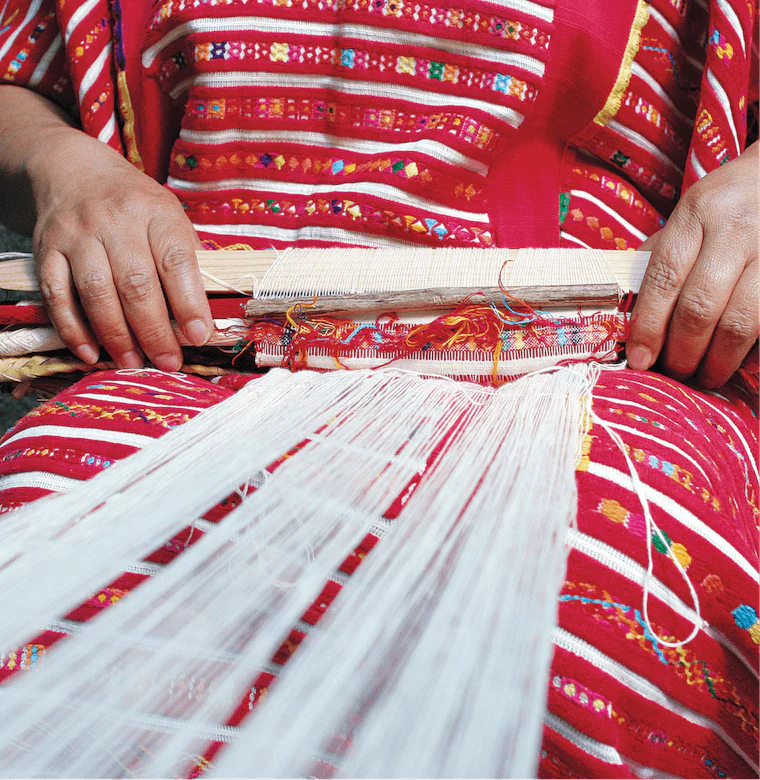

You can find Carla Fernandez’s work at Casa Tho in Merida or in one of her many stores around Mexico.
Social media




